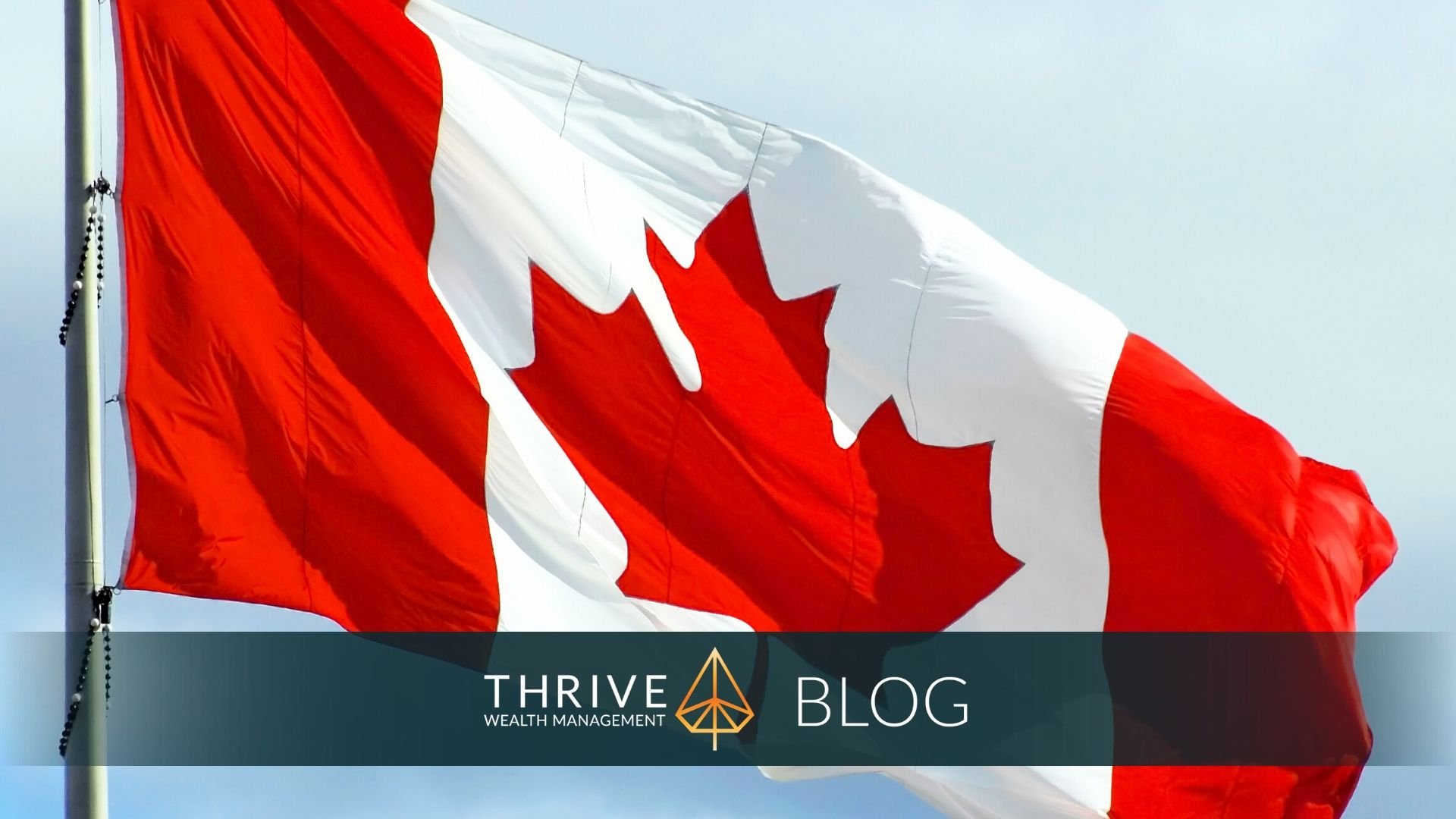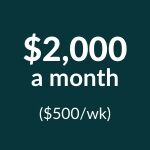
The Government of Canada has developed the Canadian Emergency Response Benefit (CERB) to help Canadians through the COVID-19 pandemic. There are many reasons that you may have lost employment right now, and we want to make sure that you are accessing the right support for you during this time, and set you up for success once you are back to work.
 To keep things simple, the CERB benefit provides payments of $2,000/month ($500/week) to those who qualify.
To keep things simple, the CERB benefit provides payments of $2,000/month ($500/week) to those who qualify.
The benefit captures most Canadians who are facing job interruption, but do not qualify for EI emergency benefits for some reason.
To qualify for CERB, you must meet the following criteria:
-
- Are unemployed due to COVID-19
- Did not quit your job voluntarily
- Do not qualify for EI (self-employed, do not meet EI requirements)
- Have earned a minimum of $5,000 pretax in all of 2019 or the last 12 months
- Employment/self-employment income qualifies
- Federal benefits such as those who received maternity/paternity leave (claim must be completed, cannot still be receiving benefits)
- You are sick with COVID-19, quarantined or taking care of someone who has COVID-19 and cannot work
- You are a parent that must be home with their children who are sick with COVID-19 or due to daycare/school closures
- You are a worker who is experiencing work disruption or lower income due to COVID-19 (less than 10 hrs/week)
- Are unemployed due to COVID-19
The government is working to expand these parameters to include other groups that do not currently qualify for benefits such as students, seasonal and gig-workers soon.
When applying for the CERB, there are some things that you should consider, especially if you qualify for Employment insurance:
1. SALARY
If your current salary is less than $47,000/year (pretax), the CERB benefit will actually provide you with more income during your job interruption than Employment Insurance benefits. The maximum benefit for EI is $573/week up to 55% of $54,200 insurable earnings. Meaning if you make less than $54,000 annually, your EI benefit will be lower than that. For example, if you have an annual salary of $35,000, you may only receive $370/week through Employment Insurance. With CERB, you receive $500/week regardless of what your income is, making navigating this time more manageable.
2. TIMING
If you know that you will return to work once the restrictions are lifted and your workplace will begin operations as normal, you should apply for the CERB benefit. The CERB covers the period from March 15, 2020 – October 3, 2020, giving you benefits for the full 16 weeks. However, if you know that you may not return to work within that time period and are anticipating being unemployed for longer than 16 weeks, you should apply for Employment Insurance benefits. If you are uncertain about your return-to-work status, you can always apply for EI benefits after the October 3 end of the CERB benefit.
3. RESPONSE
Additional staff to meet the high demand for the CERB benefit combined with the open parameters for receiving the benefit makes it likely that your application to receive CERB benefits will be approved much faster. If your employer has submitted your Record of Employment (ROE) electronically, you should see funds in your account within a few days. Signing up for direct deposit through the Canada Revenue Agency will also ensure that you receive your funds quicker, when you need it most. Direct deposit also applies to other government payments such as annual tax returns, Canada Pension Plan and Canada’s Child Benefit.
Receiving the CERB benefit is essential for anyone facing unemployment or job interruption
when you are receiving the benefits, there are Three critical things to keep in mind:
1. TAXES
The CERB benefit offers $2,000/month pretax. The government has decided not to withhold any of this money during this time and will collect taxes on this benefit when you file your 2020 taxes next year. If/when you return to work, saving to cover these additional taxes is something you should consider so you don’t experience additional financial hardship.
2. RE-APPLICATION
Due to the uncertain nature of the COVID-19 pandemic, you are required to re-apply for the CERB benefit every four weeks to ensure that you continue to receive the benefit if you need it. Visit the CERB website here to keep up to date on the benefit periods and when you should apply.
3. BUDGETTING
Since the majority of Canada’s labour disruption didn’t occur until March 15, 2020, the benefit payment dates for the first four weeks of benefit fall from March 15, 2020 – April 11, 2020. The next period runs April 13, 2020 to May 9, 2020. These dates don’t align with those who pay their bills, such as mortgage or utilities monthly near the beginning or end of the month. Ensuring you are using a budgeting tool to stretch these payments is a good way to ensure that you have covered your essentials.
No matter what type of uncertainty you face, our advisors are here to work with you and your unique situation. Offering virtual service during normal operating hours when it is convenient for you.



